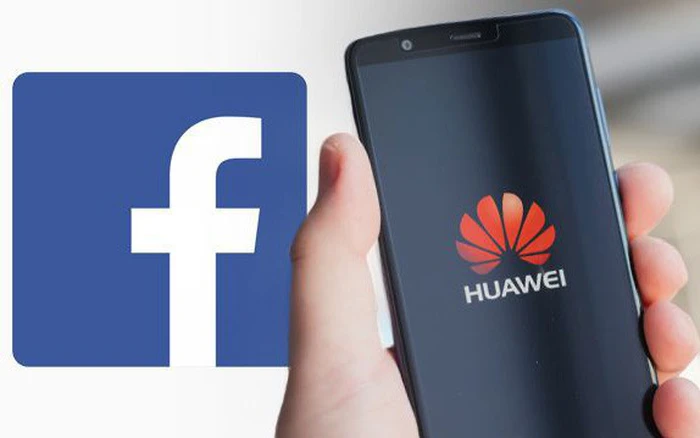Using Facebook on Huawei devices can raise questions about auto-update functionalities due to the unique ecosystem of these devices. Ensuring that apps like Facebook are up-to-date is crucial for a seamless user experience, but the methods can vary depending on how the app is installed. Huawei’s shift from Google services to its AppGallery has changed the way updates are managed. Understanding whether Facebook can auto-update, which features are supported, and how to securely manage updates is essential for users who want to maintain app performance and security without constantly manually checking for updates.
Huawei’s AppGallery is an alternative to Google Play Store for downloading and updating apps. In AppGallery, users can enable the auto-update feature, which allows apps to refresh automatically when new versions are available, primarily over Wi-Fi to save data. This feature ensures that users have the most recent security patches and features without lifting a finger. However, this functionality depends on the app being available in AppGallery, where it sometimes lags behind global Play Store releases due to regional differences and approval processes. Users with Facebook installed via AppGallery can utilize this feature to keep their apps current easily and automatically. If you’re unsure whether you’re using the correct method, learn exactly how to download facebook in huawei to ensure full update support.
Devices that carry apps from third-party sources beyond AppGallery face limitations regarding auto-updates. Since Huawei no longer supports Google services, apps not sourced from the AppGallery require manual updates. This involves users checking app versions and downloading updates from safe websites or alternative app markets. The absence of a unified auto-update system for these apps means a greater onus on the user for app maintenance, which can lead to gaps in security and functionality if updates are missed or incorrectly applied.
Third-party app stores like APKPure and Aptoide offer another way to manage app updates outside Huawei’s ecosystem. These platforms sometimes provide newer versions of apps and support auto-updates, but this comes with risks. The legality and safety of these stores can vary greatly, leading to potential malware exposure. Users may find it convenient to access unavailable apps, yet they must be cautious about app authenticity and read reviews diligently. Employing trustworthy, well-known third-party stores and reviewing settings in these apps can help mimic auto-update features.
To ensure seamless and secure updates, users should enable the “Auto-update over Wi-Fi” setting within AppGallery. This setting ensures that your device checks for app updates whenever connected to Wi-Fi, thus safeguarding both data and performance. To activate this, open AppGallery, navigate to settings, and toggle on the feature. This method is not only eco-friendly in terms of data usage but significantly minimizes the risk of forgetting to update critical apps like Facebook. By ensuring the app stays current with security upgrades, users can prevent common bugs and vulnerabilities without active management.
If utilizing third-party app sources, prioritize safety by carefully vetting these websites or alternative app markets. Look for well-established platforms that have credible user reviews and a strong reputation for delivering malware-free apps. Ensure that any permissions granted on these apps, especially related to auto-updates, do not compromise device security. Employing a mobile antivirus tool as a secondary line of defense is also recommended. Vigilance in researching and selecting third-party platforms is crucial, as it guards against the installation of compromised app versions that could expose personal data.
Manually checking for app updates may still be necessary where automation isn’t feasible. For apps sourced from AppGallery, users should routinely open AppGallery Manager and check for updates. This involves searching for the Facebook app within the store to ensure the icon is updated and that no new version information prompts an update. While this may appear cumbersome, it’s an essential practice, especially in regions where update deployments are staggered. Regular manual checks prevent missing out on important bug fixes and security patches, stabilizing app functionality consistently.
Neglecting Facebook updates can result in performance hiccups and crashes during usage. App developers continually refine their software to remove bugs, so outdated versions are more likely to lag, freeze, or shut down unexpectedly. These interruptions can disrupt user experience significantly. Maintaining your app with timely updates will optimize its interaction with new Android OS changes, ensuring a more stable operation. For users dependent on Facebook for communication and networking, app reliability hinges considerably on its current version.
Security patches are a cornerstone of app updates, addressing vulnerabilities discovered in earlier versions. Avoiding updates can expose Huawei devices to malware or phishing attacks designed to exploit these vulnerabilities. Developers prioritize closing security gaps in updates, meaning outdated apps may lack necessary defense against new threats. Especially for social media apps like Facebook, housing personal information, remaining diligent with updates is paramount to prevent unauthorized access or data breaches, and to safeguard privacy.
Facebook regularly introduces new features and improvements to enhance user experience. Skipping updates might mean missing out on these innovations, along with the benefits they bring. New tools, layouts, or user interface changes are implemented to deliver more value and engagement. By not updating, users remain stuck with outdated functionalities, limiting their ability to fully enjoy the social networking platform’s offerings, innovations, and efficiencies. Regular updates ensure users keep pace with evolving features, contributing to a richer social media interaction.
Keeping Facebook updated on Huawei devices, especially via AppGallery’s auto-update and manual checks, optimizes performance and fortifies security. While third-party app sources provide flexibility, caution is vital to avoid security risks. Ensuring regular updates not only mitigates bugs and vulnerabilities but also prevents missing out on new features that enhance overall user experience. For Huawei users, managing updates through a combination of automatic settings and manual checks is an important practice for sustaining a secure and efficient social networking experience.
Keep an eye for more latest news & updates on Moon Valley News!
